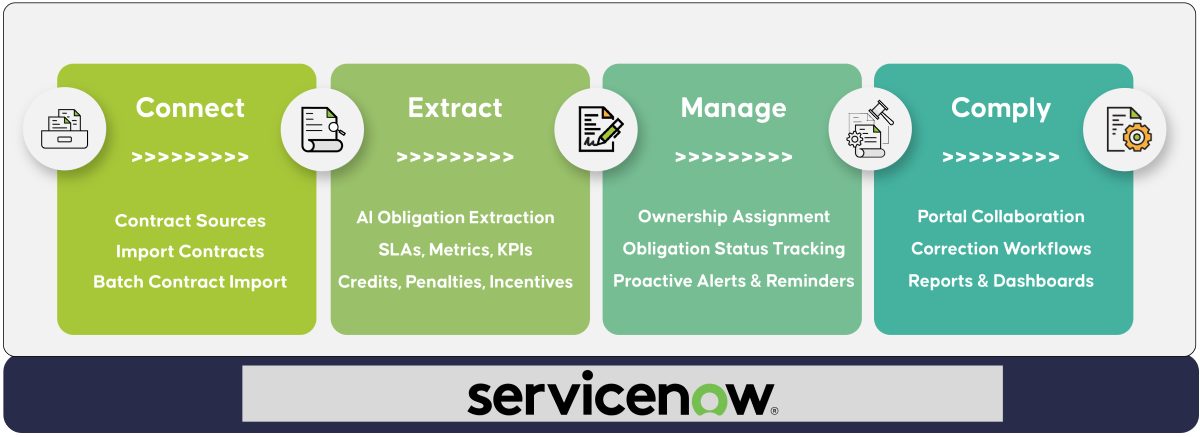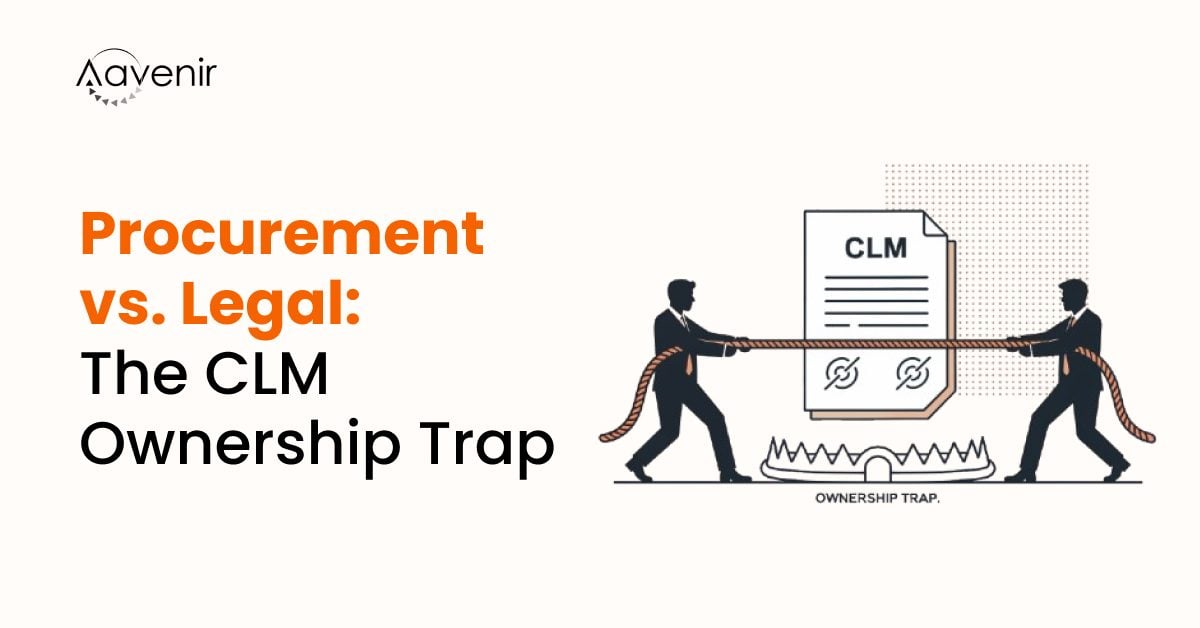As per the study conducted by McKinsey & Company, the estimated leakage due to unfulfilled obligations is around 3-4% in large enterprises. For an enterprise with $5 billion in annual spending, that adds up to $150 million or more a year.
To manage contractual obligations, even today, many businesses only have rudimentary systems in place such as spreadsheets, word docs, emails, in-house legacy repositories, and so on. The capabilities of contract management tools are hampered as a result. It is problematic to control and track all key milestones on a contract that are retained in a word document, spreadsheet, mailbox, or drive. As and when the volume of your contracts rises, this problem will magnify. It will eventually put your organization under pressure to grow revenue and boost profitability with the increased competition and demanding customers. Where does your organization fit here? Are you fulfilling your contractual obligations adequately? If so, congratulations; and if not, keep reading!
Why is Contractual Obligation Management the Need of an Hour?
Unfortunately, the impact of pandemics like COVID-19 has hit almost all businesses, including their ability to meet some of their contractual obligations. This is because the current methodology of managing contractual obligations lacks the proper mechanism to track, trace and report commitments and could put the project at high risk, leading to contract non-compliance and resulting in disputes, penalties, and/or terminations. It limits the managers or obligation’ owners to react proactively rather than reactively to a contract event as it occurs, pushing them to make decisions in haste. So what? And, how to manage contractual obligations the right way?
How to get the full value of contracts with obligation compliance?
To get the full value out of your contracts, it is imperative to manage the legal obligations well. A contract lifecycle management solution makes obligation management a cakewalk. Contract lifecycle management takes care of pre-award contract management as well as post-award contract management. If you do not have a proper contract management system in place, it would be difficult for you to ascertain whether deals are working as per the agreed terms and conditions or if somewhere there is a breach of contract. You can also easily miss key information and crucial milestones of delivery, payment, etc.
Contracts often include penalty clauses to be enforced if a contracting party fails to meet particular responsibilities. If you do not track contract obligations, your negligence can lead to missed opportunities. It may even translate into heavy financial losses for your organization. The size of commitment and the type of obligation is not always a straightforward calculation. A high volume of standard or common obligations can require fewer resources to manage than a small number of non-standard or complex obligations.
So, a quick tip to properly manage your contractual obligation compliance is adopting the right obligation model.

It’s quite difficult to build a better contract management system from the ground up. Fortunately, there are cutting-edge CLM solutions available that manage most of the headaches with automated contract management workflows.
Wait a minute – can your company afford ineffective clm?
Obligations sit at the center of every contract. Contract obligation management isn’t a one-time job that once you complete and then forget about. It needs to be performed on an ongoing basis, throughout the lifecycle of every contract. Seize ownership of your contracts by knowing where they are and what they contain so you can take timely action. Investing in the right contract obligation management solutions empowers you to enhance customer and user experiences, while increasing visibility, speeding up cycle times, and lowering risk.


